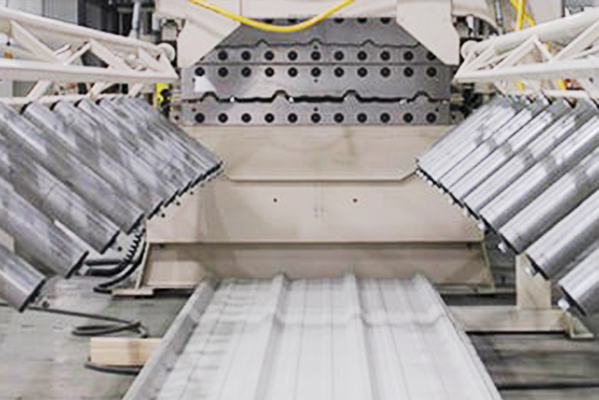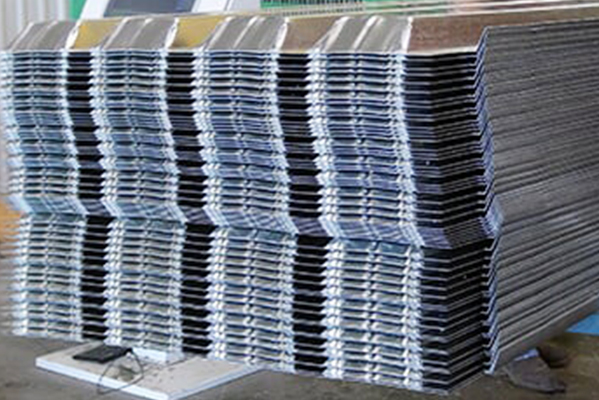Navigation Menu
Contact Us
- Email:
- info@wxavatar.com
- Address:
- Yurong Village, Yuqi Street, Huishan District, Wuxi, China.
Release Date:Oct 23, 2024 Visit:352 Source:Roll Forming Machine Factory
In the realm of manufacturing, the evolution of cold forming machine technology has been a cornerstone of progress, significantly enhancing efficiency, precision, and productivity across various industries. Cold forming, a process that involves shaping metals without the application of heat, has seen remarkable advancements in recent years, particularly in the development of machines capable of performing complex operations with remarkable accuracy. This article explores how these technological advancements are streamlining manufacturing processes.

Advancements in Machine Design
One of the most notable advancements in cold forming machine technology is the sophistication of machine design. Modern cold forming machines are engineered with precision components and advanced control systems that enable them to perform intricate forming operations with minimal error. These machines often incorporate servo-electric drives, which provide precise control over the forming process, ensuring that the final product meets exact specifications.
Furthermore, the adoption of modular machine designs has revolutionized manufacturing flexibility. Modular machines can be easily configured to suit different production requirements, allowing manufacturers to adapt quickly to changes in product demand or customer specifications. This modularity not only reduces downtime but also minimizes the need for specialized tooling, further streamlining the manufacturing process.
Enhanced Process Automation
Automation has been a driving force behind the streamlining of manufacturing processes, and cold forming machines are no exception. The integration of robotics, sensors, and artificial intelligence into cold forming machines has significantly reduced the reliance on manual labor, leading to increased productivity and reduced labor costs.
Automated cold forming machines can now perform a wide range of tasks, from feeding raw materials to ejecting finished products, with minimal human intervention. Advanced sensors provide real-time monitoring of the forming process, ensuring that any deviations from the desired outcome are quickly identified and corrected. This level of automation not only enhances the consistency of the final product but also reduces the risk of human error.
Improved Material Handling
Efficient material handling is crucial for maintaining a streamlined manufacturing process, and cold forming machine technology has made significant strides in this area. Modern machines are equipped with advanced feeding and ejection systems that can handle a variety of materials, including metals with varying thicknesses and textures.
These systems are designed to minimize material waste and maximize the utilization of raw materials. By ensuring that materials are fed into the machine in a controlled and consistent manner, manufacturers can achieve higher levels of productivity while maintaining a high degree of precision in the final product.
Data-Driven Optimization
The integration of data analytics and machine learning into cold forming machines is another key advancement that is streamlining manufacturing processes. By collecting and analyzing data on machine performance, material usage, and product quality, manufacturers can identify areas for improvement and optimize their production processes.
Machine learning algorithms can analyze historical data to predict future trends and optimize machine settings in real-time, ensuring that the forming process is always operating at peak efficiency. This data-driven approach to manufacturing enables manufacturers to achieve higher levels of productivity and quality while reducing waste and downtime.

Conclusion
In summary, the advancements in cold forming machine technology have had a profound impact on manufacturing processes, leading to increased efficiency, precision, and productivity. From sophisticated machine designs and enhanced automation to improved material handling and data-driven optimization, these technological innovations are enabling manufacturers to streamline their operations and compete more effectively in the global market. As these advancements continue to evolve, the potential for further streamlining and optimization in manufacturing processes remains vast and exciting.